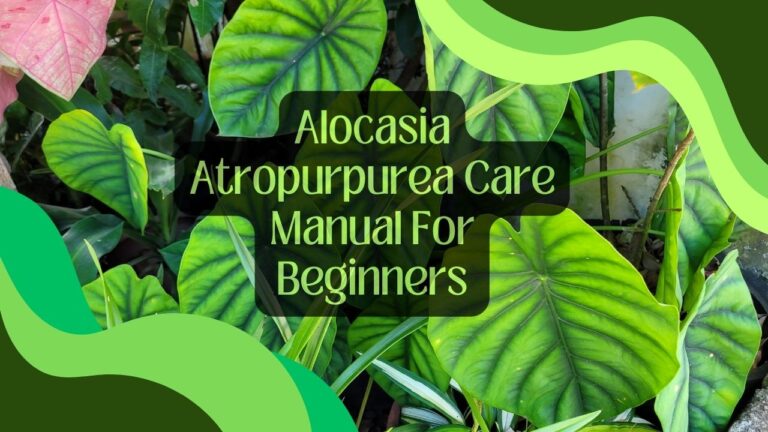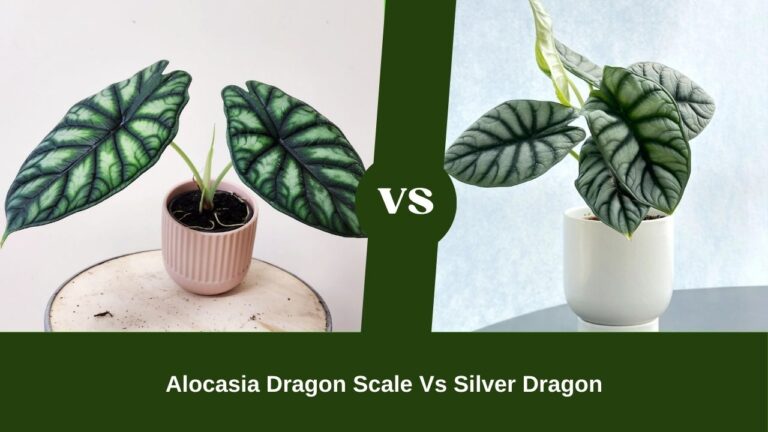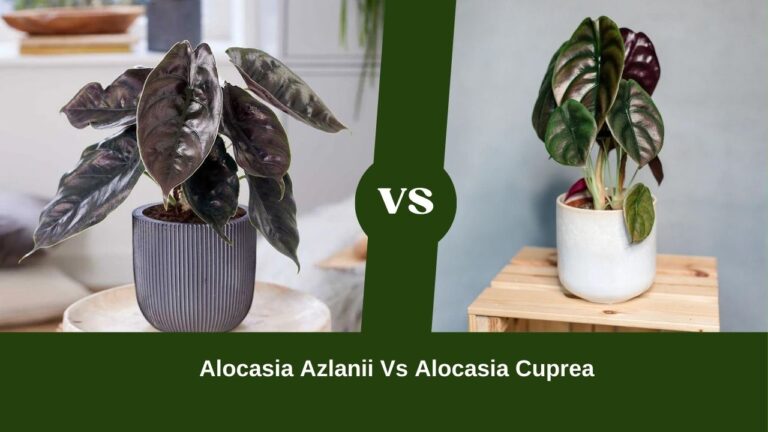Alocasia Odora vs Macrorrhiza: What’s So Different?
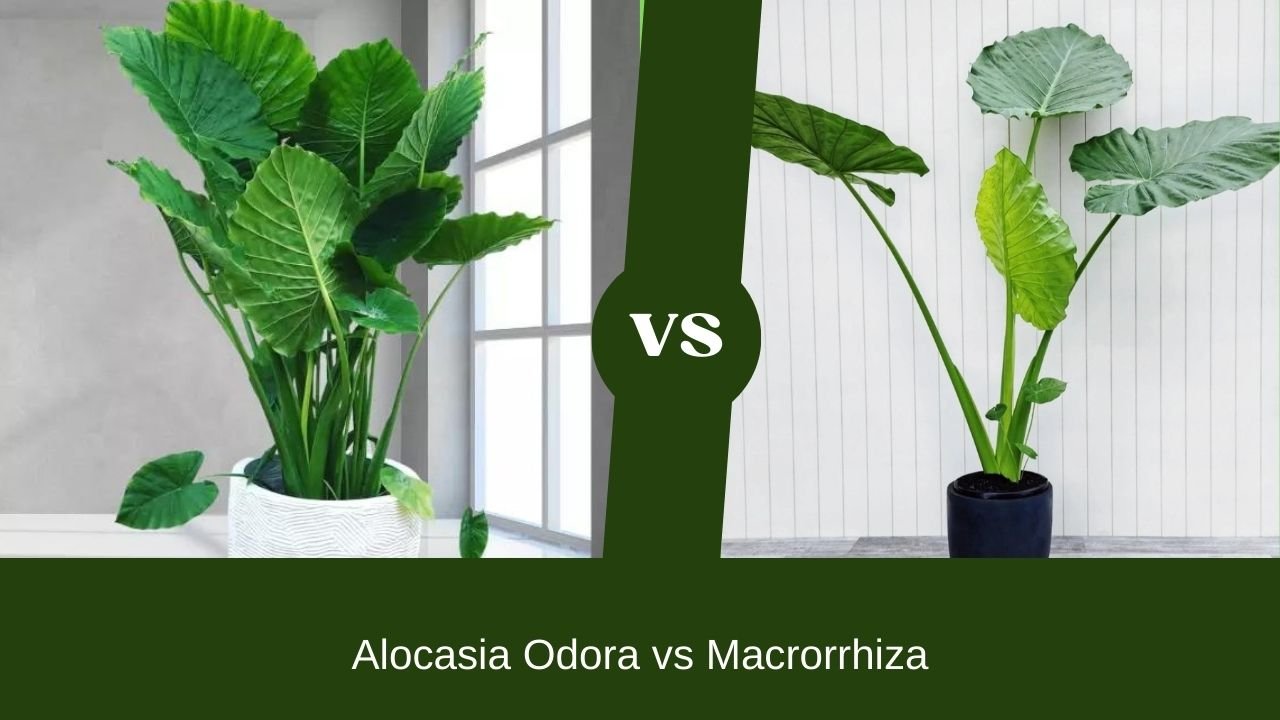
Let me tell you about two of the most prized Alocasia varieties. These are Alocasia Odora and Alocasia Macrorrhiza. While sharing similarities with tropical understory plants, they also showcase key differences that make each one a special addition to indoors.
So, what are the differences between Alocasia Odora vs Macrorrhiza? The most apparent differences between Alocasia Odora and Alocasia Macrorrhiza reveal themselves through the leaves. Alocasia Odora leaves stretch gracefully outward in elongated shapes, filling the air with a sweet, spicy fragrance when touched. Meanwhile, Alocasia Macrorrhiza flaunts broadly spreading, heart-shaped leaves that impart a bold tropical feel. However, they share similarities more than differences basically.
To know about both these exclusive plants, make sure you don’t skip any part of this article. Let’s go!
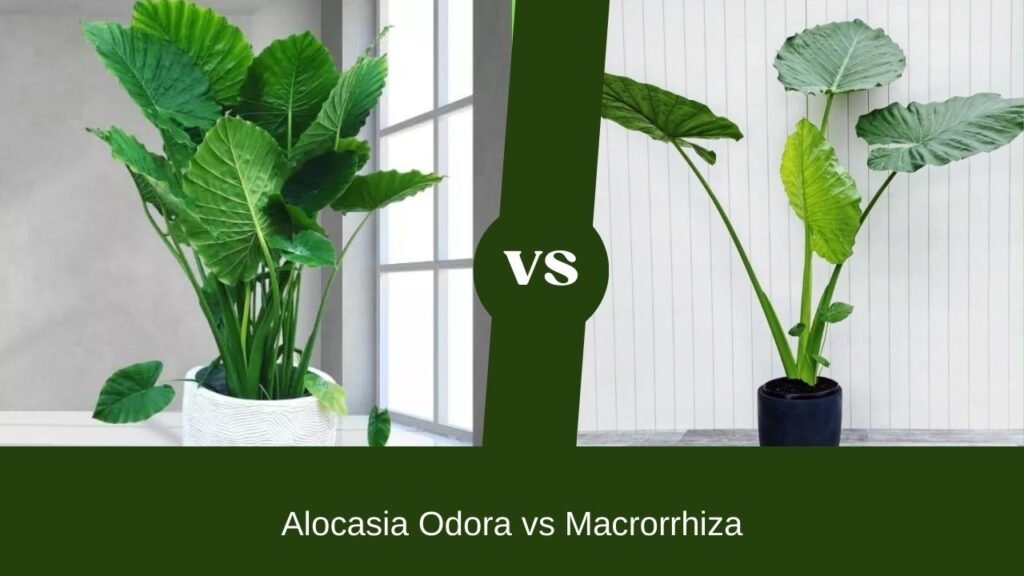
Table of Contents
Where Do These Tropical Wonders Originate From?
Alocasia Odora and Alocasia Macrorrhiza both trace their origins to the hot, humid tropics of Southeast Asia and Australia. These plants thrive in steamy conditions reminiscent of their native rainforest habitats.
In their natural setting, they flourish on the forest floor, nestled in the understory where they receive dappled sunlight and abundant moisture. The tropical landscapes of Borneo, Philippines, Papua New Guinea, and other nearby regions serve as the native cradle for these exotic Alocasia varieties.
How Does the Foliage of Each Variety Distinguish Itself?
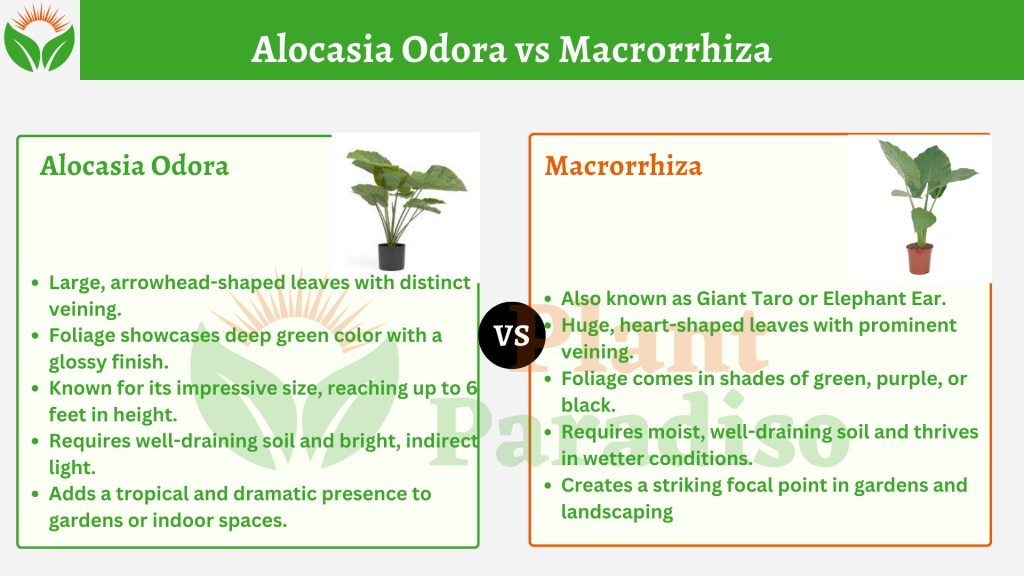
One of the most striking differences between Alocasia Odora and Macrorrhiza lies in their leaf shape and form. Alocasia Odora is adored for its elegant, lance-like leaves that emerge in a rosette, resembling giant green blades rising from the soil. Its leaves can reach lengths of 2 feet or longer as they gracefully unfurl.
Meanwhile, Alocasia Macrorrhiza showcases broader, arrowhead-shaped leaves with a distinctive heart-shaped form. These substantial leaves span over 3 feet in diameter at maturity, greeting viewers with an imposing, otherworldly presence. Both varieties exhibit beautifully contrasting veining against deep green foliage, adding intricate detail.
Recommended articles:
What Accounts for Alocasia Odora’s Sweet Scent?
One of Alocasia Odora’s most intriguing traits is the sweet, spicy fragrance emitted from its leaves and stems when brushed or touched. These delightful aromatic oils are produced by the plant, releasing their perfume upon disturbance. The heady, floral scent is a signature feature of Alocasia Odora that distinguishes it from its unscented counterpart, Alocasia Macrorrhiza. When walked through, Alocasia Odora’s foliage infuses its surroundings with its redolent, exotic perfume.
How Do Their Growth Habits and Sizes Differ?
While both varieties share a rhizomatous habit, spreading by underground stems, their above-ground growth unfolds differently. Alocasia Odora tends to initially grow in a more upright orientation, with large concentrations of foliage clustering together in a compact rosette form that expands outwards. At maturity, clumps reach heights between 2 to 3 feet.
In contrast, Alocasia Macrorrhiza assumes a bold, spreading habit right from the start. The substantial leaves radiate outwards on long petioles, demanding ample space to unfurl their wingspans up to 6 feet in height and width. This makes Macrorrhiza better suited for planting directly in garden beds rather than containers.
Are Their Climate and Care Needs Similar?
Luckily, the climate and cultural requirements for growing both Alocasia Odora and Macrorrhiza are largely similar. These tropicals revel in warm, balmy conditions found in USDA Hardiness Zones 9 through 11. Sultry summer weather allows them to flourish. Their large leaves also demand high humidity found in steamy jungle locales.
Both varieties thrive in rich, moisture-retentive soil that drains well. Consistent water during the growing period prevents stress, though drier rest periods over winter are beneficial. Bright, indirect light keeps these forest floor dwellers happy. While adaptable to indoor culture, outdoor spaces mimicking their native habitat are ideal.
What Role Do These Plants Play in Human Culture?
Beyond being ornamental marvels, these Alocasias have woven themselves into human culture in thought-provoking ways. Alocasia Odora holds a prominent spot in the traditional medicine and practices of certain indigenous cultures. Various parts of the plant are utilized for their purported healing properties. It is also featured in certain coming-of-age rituals.
Meanwhile, Alocasia Macrorrhiza finds fame predominantly as a decorative plant. Its enormous, sculptural leaves lend a bold, tropical flair whether indoors or outdoors. As an admired ornamental specimen, it has captivated gardeners and plant collectors across the globe.
Read More: Alocasia vs Philodendron
Let’s Try to Find a Suitable Match
Choosing between Alocasia odora and Alocasia macrorrhiza depends on your specific preferences, space, and care capabilities. Still, you can consider the following facts:
Alocasia odora
- Ideal for those who appreciate a unique fragrance emitted upon touching the leaves.
- Suited for indoor environments, even those with limited outdoor space.
- Well-suited for smaller gardens or containers due to its moderate size
- It offers an elegant and slender leaf shape, adding a touch of sophistication to your greenery collection.
- Preferred by those interested in exploring the cultural significance
Alocasia Macrorrhiza
- If you desire a plant with grandeur and a larger-than-life presence, Alocasia mycorrhiza’s large heart-shaped leaves could be a perfect fit.
- Ideal for those with more outdoor space because of its spreading growth habit
- Offers a broader range of hybrid varieties
- Well-suited for ornamental horticulture enthusiasts looking to create visually stunning displays.
Conclusion
The distinctions between Alocasia odora and Alocasia macrorrhiza reveal a tapestry of diversity. Whether you favor the elegance of Adora’s fragrant leaves or the majestic allure of macrorrhiza grand foliage, both species offer enchanting choices for enthusiasts of botanical wonders.


